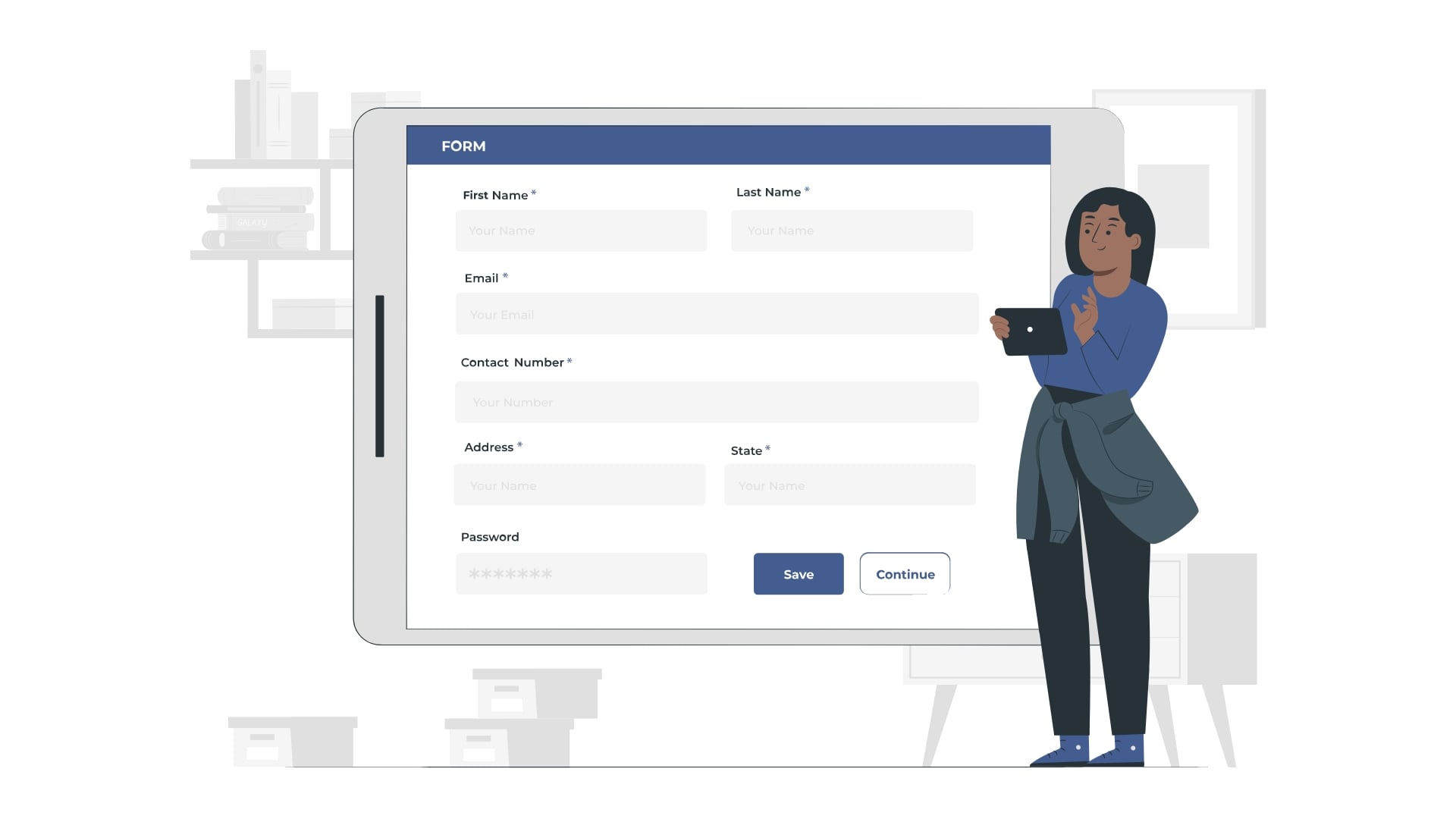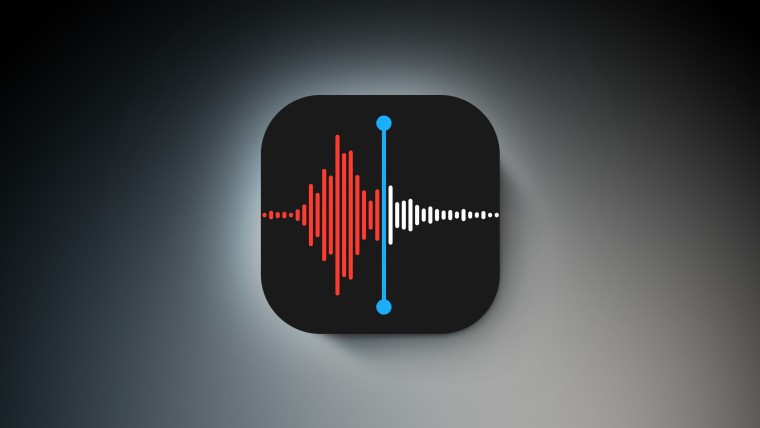You’re a teacher at a bustling school, juggling lesson plans, grading papers, and ensuring the welfare of your students. Amidst this whirlwind, there’s one task that can consume an exorbitant amount of time and energy: obtaining parental consent for various school activities. It’s a necessary part of the educational process, yet the traditional paper-based approach can be cumbersome and inefficient. Enter automated forms the digital solution poised to revolutionize the parental consent workflow.
The Rise of Automated Forms: A Game-Changer in Education
Enter automated forms, the modern solution designed to streamline the consent process and alleviate the burden on educators. Leveraging digital platforms, these forms offer a myriad of benefits, from increased efficiency to enhanced accuracy. Let’s delve into the ways automated forms are reshaping the landscape of parental consent in schools. In the age of digitalization, relying on paper forms feels like a relic from a bygone era. Yet, many schools still grapple with stacks of consent forms that need to be distributed, collected, and manually processed. This antiquated process not only consumes valuable resources but also introduces the risk of errors and delays.
1. Simplified Distribution and Collection
Gone are the days of chasing down stray consent forms or deciphering illegible handwriting. With automated forms, distribution is as simple as sending an email or posting a link on the school’s website. Parents can conveniently fill out the form online, eliminating the need for physical paperwork and reducing the risk of forms getting lost in transit.
2. Real-Time Tracking and Updates
Keeping track of consent forms can be akin to herding cats – a daunting task that leaves room for oversight and errors. However, automated forms offer real-time tracking capabilities, allowing educators to monitor the status of each form with ease. Whether it’s tracking which parents have submitted their consent or sending reminders to those who haven’t, these digital tools provide unparalleled visibility and control.
3. Enhanced Data Security
Privacy concerns loom large in today’s digital landscape, particularly when it comes to sensitive information such as parental consent. Automated forms prioritize data security, employing robust encryption protocols to safeguard confidential information. By storing data in secure cloud servers, schools can mitigate the risk of breaches and ensure compliance with privacy regulations.
4. Customizable Templates for Every Occasion
No two consent forms are alike each activity or event may require specific information or waivers. Automated form platforms offer customizable templates, allowing educators to tailor forms to suit their unique needs. Whether it’s a field trip, extracurricular activity, or medical authorization, these templates streamline the process of creating and distributing consent forms, saving time and effort.
5. Seamless Integration with Existing Systems
Introducing new technology into an educational environment can be met with resistance, particularly if it disrupts existing workflows. However, automated form platforms are designed for seamless integration with existing systems, ensuring minimal disruption to daily operations. Whether it’s syncing with student information systems or integrating with communication platforms, these tools are engineered to enhance, not hinder, the educational experience.
6. Accessibility for All
Inclusivity is a cornerstone of education, yet traditional consent forms may present barriers for parents with disabilities or limited English proficiency. Automated forms bridge this gap, offering accessibility features such as screen readers and multilingual support. By ensuring that all parents can easily understand and complete consent forms, schools promote a culture of inclusivity and equity.
7. Streamlined Compliance and Audit Trails
Navigating the regulatory landscape of parental consent can be a minefield, with compliance requirements varying from jurisdiction to jurisdiction. Automated form platforms alleviate this burden by generating comprehensive audit trails and compliance reports. From tracking consent expiration dates to documenting parental acknowledgments, these tools provide the documentation necessary to demonstrate compliance with legal and regulatory requirements.
8. Cost-Effective and Eco-Friendly Solutions
The environmental impact of paper-based consent forms is undeniable, contributing to deforestation and waste accumulation. By transitioning to automated forms, schools not only reduce their carbon footprint but also realize cost savings associated with paper, printing, and storage. Additionally, the time saved by automating the consent process allows educators to redirect their resources towards more impactful initiatives, ultimately benefiting both the school and the environment.
9. Empowering Parental Engagement
Communication between schools and parents is vital for fostering a supportive educational environment. Automated forms facilitate seamless communication channels, allowing parents to easily provide consent, ask questions, or express concerns. By streamlining the consent process, schools can strengthen parental engagement and collaboration, ultimately enhancing the educational experience for all stakeholders.
10. Future-Proofing Education
As technology continues to evolve, so too must the tools and processes we rely on in education. Automated forms represent a forward-thinking approach to streamlining administrative tasks and enhancing efficiency in schools. By embracing digital innovation, educators can future-proof their institutions and adapt to the evolving needs of students, parents, and society at large.
Embracing the Future of Parental Consent
In an era defined by rapid technological advancement, the adoption of automated forms is not just a convenience – it’s a necessity. By revolutionizing the parental consent workflow, these digital tools empower educators to focus on what truly matters: providing a high-quality education for every student. As schools embrace the digital age, automated forms emerge as a beacon of efficiency, accessibility, and innovation in education. It’s time to bid farewell to the paper chase and usher in a new era of streamlined consent processes in schools.




